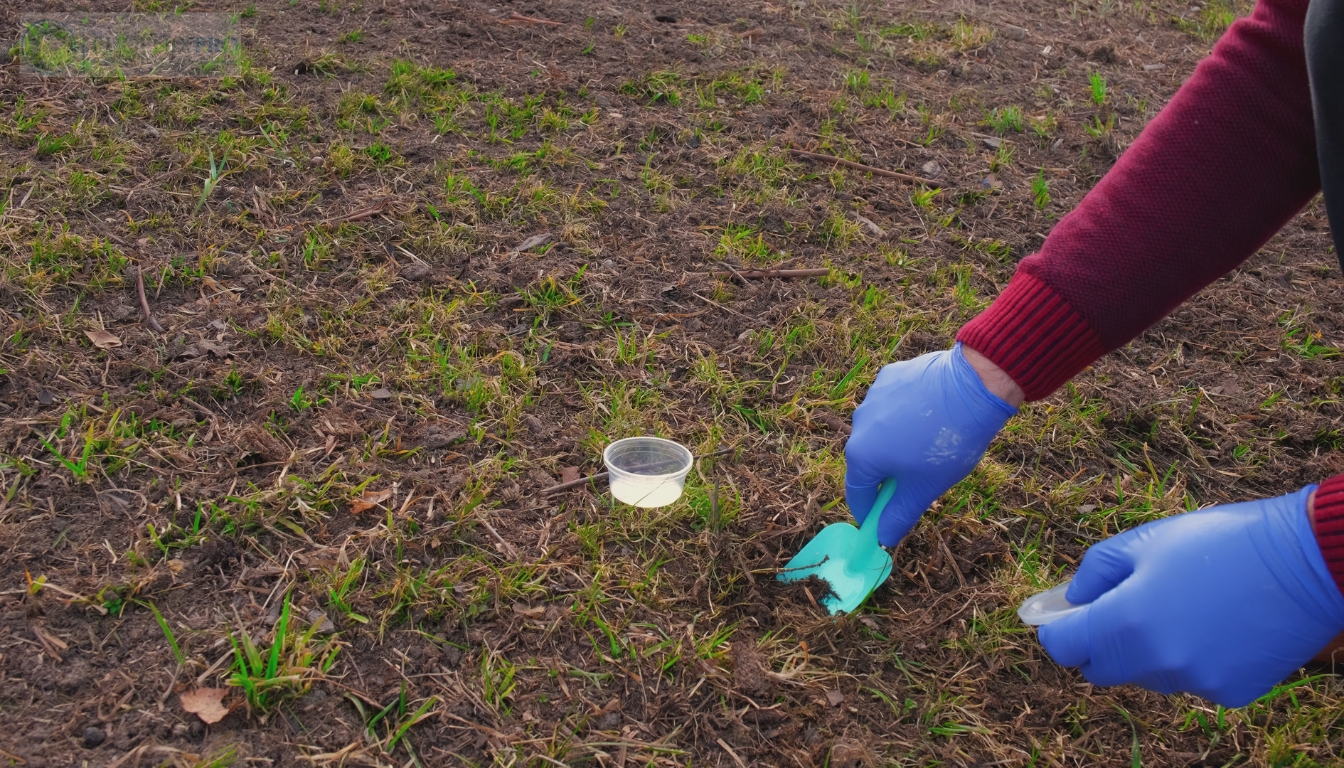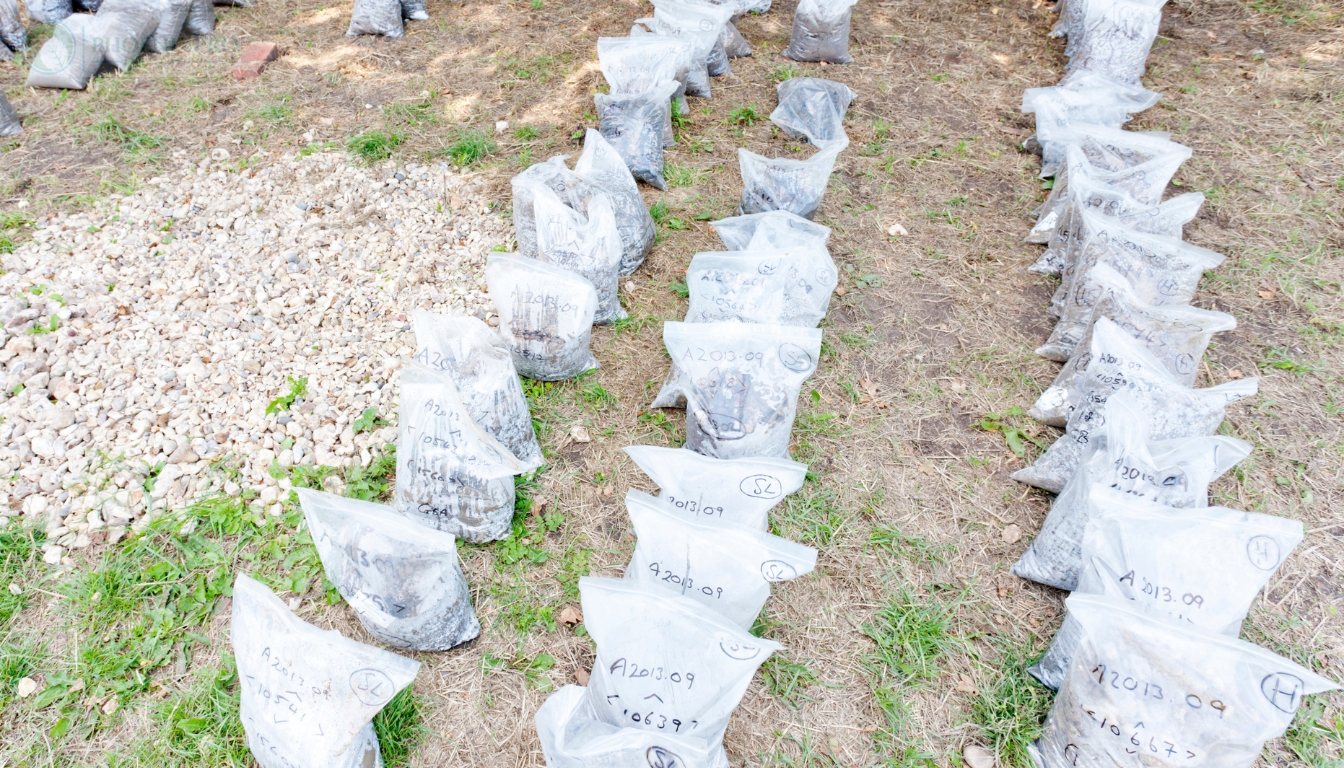Lawn care is not just about mowing the grass and hoping for the best. It's a detailed process that requires dedication, knowledge, and timing. Having a well-thought-out lawn care schedule can make all the difference between a vibrant, lush lawn and a patchy, weed-ridden disaster. In this comprehensive guide, we'll delve deep into the intricacies of maintaining your lawn throughout the entire year.

From understanding your specific climate to determining when to fertilize or cut your grass, this guide will cover everything you need to know about achieving lawn perfection. So grab your gardening gloves and let's dive into our Lawn Care Schedule: A Month-by-Month Guide to Success!
What is Lawn Care?
Lawn care encompasses all the activities involved in maintaining a healthy and attractive lawn. This includes regular mowing (lawn cutting), watering, fertilizing (lawn fertilization), aerating, pest control, and seasonal preparations. Understanding these components is essential for anyone looking to keep their outdoor space looking its best.

Importance of Lawn Care
A well-maintained lawn not only enhances the aesthetic appeal of your property but also increases its value. Moreover, healthy lawns contribute to environmental sustainability by improving air quality and providing habitats for local wildlife.
Understanding Your Lawn Type
Before diving into specific care schedules, it's crucial to understand the type of grass you have. Different species require unique approaches regarding mowing height, watering needs, and fertilization.
Cool-Season vs. Warm-Season Grasses
- Cool-Season Grasses: Thrive in northern climates with cold winters and moderate summers. Examples include Kentucky bluegrass and fescue. Warm-Season Grasses: Prefer southern climates with hot summers and mild winters. Examples include Bermuda grass and zoysia.
Understanding your grass type will help tailor your lawn care service effectively.
Monthly Breakdown of Lawn Care
January: Winter Preparations
Even in winter, there are things you need to do for your lawn:
Assess Your Equipment: Ensure that all tools are cleaned and sharpened. Plan for Spring: Start making plans for fertilization schedules. Clear Debris: Remove any fallen leaves or branches that could smother your lawn.February: Early Preparations
With winter easing up slightly:
Soil Testing: Conduct soil tests to determine nutrient levels. Aerate Soil: If the ground is thawed enough, consider light aeration.March: Spring Awakening
As temperatures rise:
Mowing Begins: Begin regular mowing; adjust blades accordingly. Fertilization Time: Apply a slow-release fertilizer tailored for early spring.
April: Growth Season Starts
April showers bring growth:
Weed Control: Begin applying pre-emergent herbicides if necessary. Watering Schedule: Establish a routine—aim for 1 inch per week.May: Full Growth Mode
Your lawn is thriving:
Increase Mowing Frequency: As growth accelerates, mow more frequently. Fertilization Boost: Consider adding a second round of fertilizer.June: Summer Prep
Prepare for hotter days ahead:
Mulching Grass Clippings: Leave clippings on the lawn as natural fertilizer. Pest Management: Monitor for pests like grubs or chinch bugs.July: High Summer Maintenance
Keep up with summer demands:
Deep Watering Practices: Water deeply but less frequently; aim for 2 inches every couple of weeks. Shade Management: Trim overhanging branches that block sunlight.August: Late Summer Adjustments
The heat continues:
Late Fertilization Options: Use fertilizers designed for hot weather if needed. Aeration Wariness: Avoid heavy foot traffic on wet soils.September: Fall Transition
A transition month:
Overseeding Opportunities: Consider overseeding cool-season grasses now. Aerating Again? Aerate lawns that have compacted soil from summer heat.October: Preparation for Winter
As fall sets in:
Final Mow Before Winter: Cut grass shorter before winter dormancy. Last Fertilizer Application: Apply a winterizing fertilizer rich in potassium.November & December: Dormant Care
Your lawn goes dormant:
Clean Up Leaves Regularly Winter Protection Strategies: Consider protective covers if applicable.Best Practices for Lawn Cutting
Proper mowing techniques can significantly impact your lawn's health and appearance.
Ideal Height Settings
Keeping your grass at an optimal height allows it to photosynthesize effectively while discouraging weed growth:
- For cool-season grasses, aim for 2-4 inches after cutting. For warm-season grasses, maintain heights around 1-3 inches based on species.
The Role of Lawn Fertilization
Fertilization is crucial in promoting vigorous growth throughout the seasons—a key element in our Lawn Care Schedule: A Month-by-Month Guide to Success!
Types of Fertilizers
- Granular Fertilizers are easy to apply but release nutrients slowly over time. Liquid Fertilizers provide instant nutrition but require more frequent applications.
The Importance of Aeration
Aeration helps alleviate soil compaction, allowing water and nutrients to penetrate deeper into root zones—an essential step in keeping your grass healthy!
Landscaping Complementary Techniques
While caring solely for your lawn is vital, integrating landscaping elements can enhance its beauty further:
- Plant flower beds near edges Install pathways or decorative stones Incorporate trees or shrubs strategically placed around borders
These elements add character while complementing your green space beautifully!
Frequently Asked Questions (FAQs)
How Often Should I Mow My Lawn?
The frequency depends on how fast it grows; typically every 5–7 days during peak growing seasons works best!
When Should I Water My Lawn?
Water early morning or late evening when evaporation rates are lower—this ensures maximum absorption!
What's the Best Time To Fertilize?
Spring (March through April) is generally ideal; however late fall applications also prepare roots well before dormancy kicks in!
Are There Organic Alternatives To Chemical Fertilizers?
Absolutely! Composting kitchen scraps or using organic fertilizers derived from plant-based materials provides safe options without harmful chemicals!
Should I Reseed My Lawn Every Year?
Not necessarily! https://phoenixprolandscaping.com/blog/ Reseeding should be considered based on wear patterns—but overseeding once every few years keeps it thick & lush without starting fresh each time!
How Do I Deal With Weeds Effectively?
Regular mowing prevents many weeds from seeding! Additionally consider applying pre-emergent herbicides during early spring as part of our monthly plan outlined earlier within this article!
Conclusion
Achieving that perfect green carpet takes time but with our thorough guide on Lawn Care Schedule: A Month-by-Month Guide to Success you're now equipped with essential strategies tailored specifically towards enhancing both health & aesthetics year-round! Whether you're tackling tough weeds or determining optimal watering schedules—remember consistency yields results! Happy gardening!